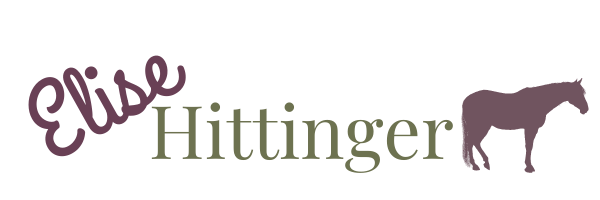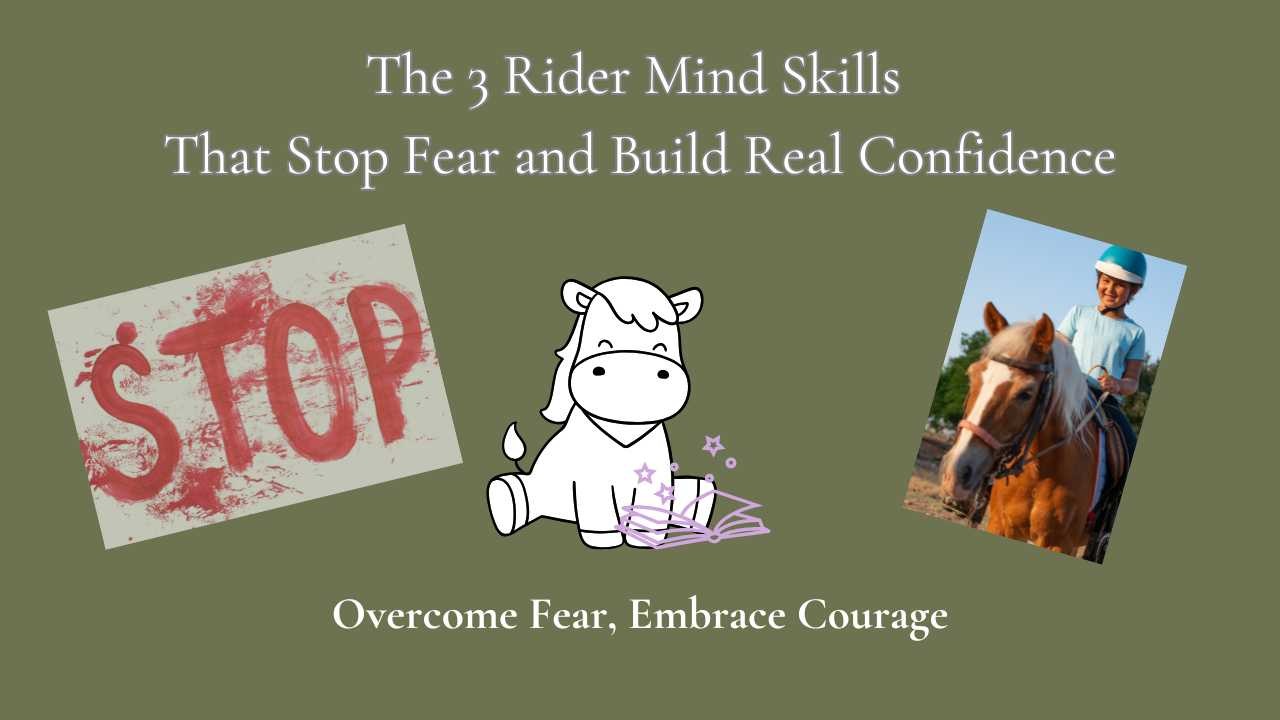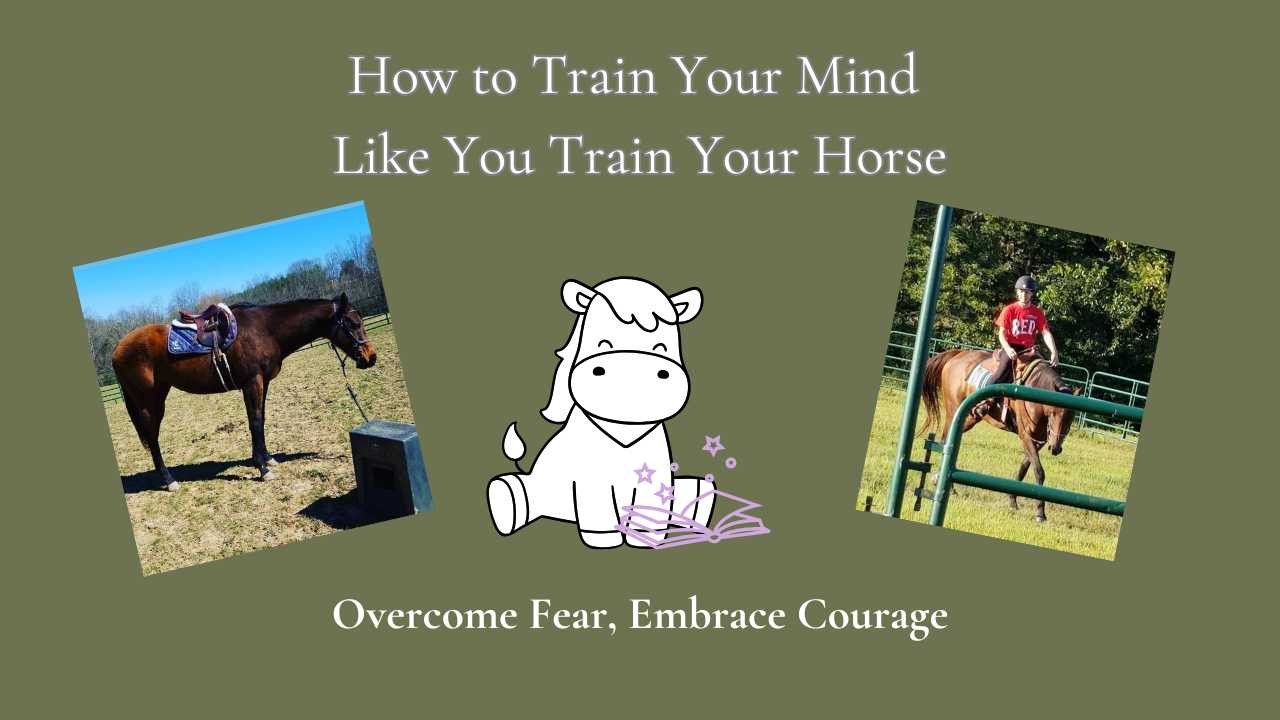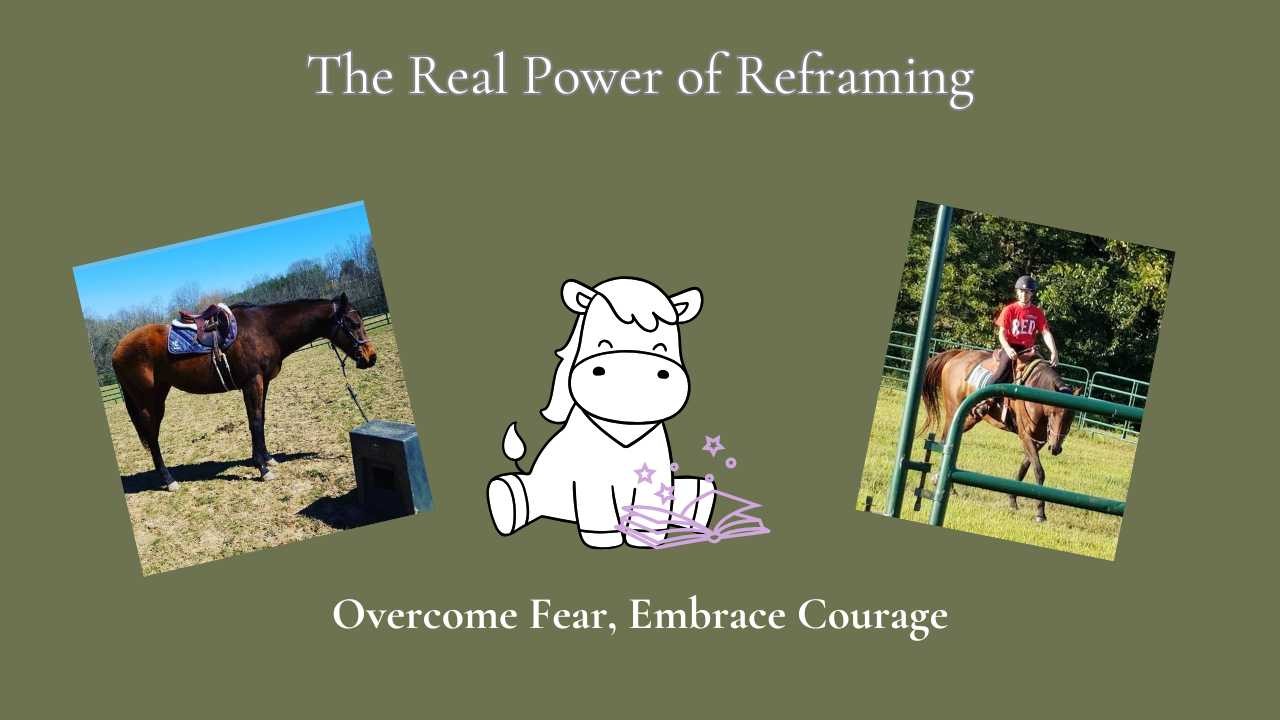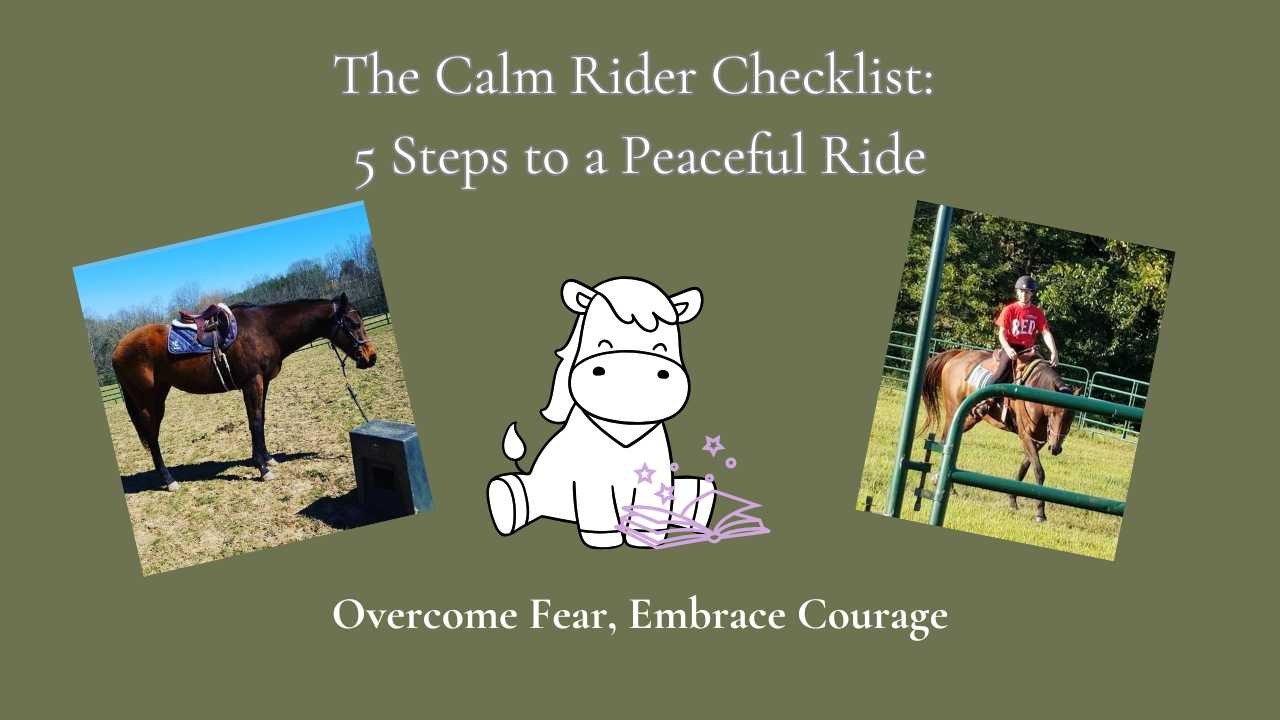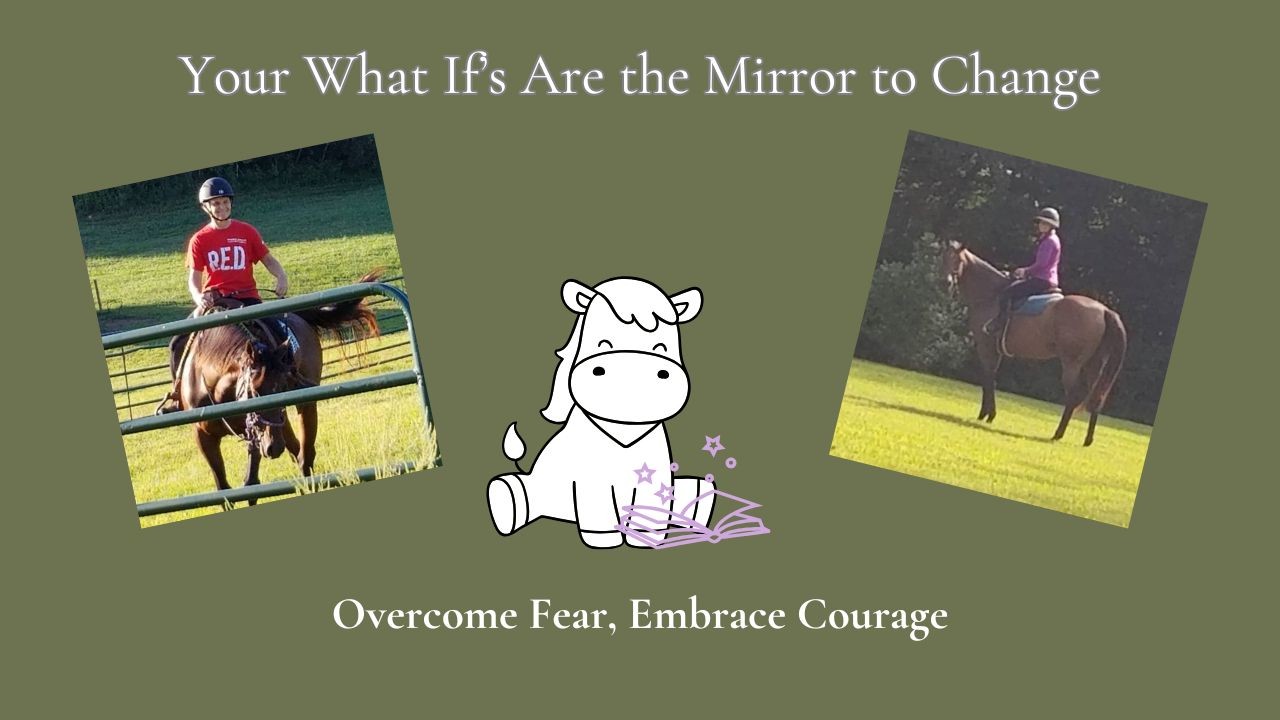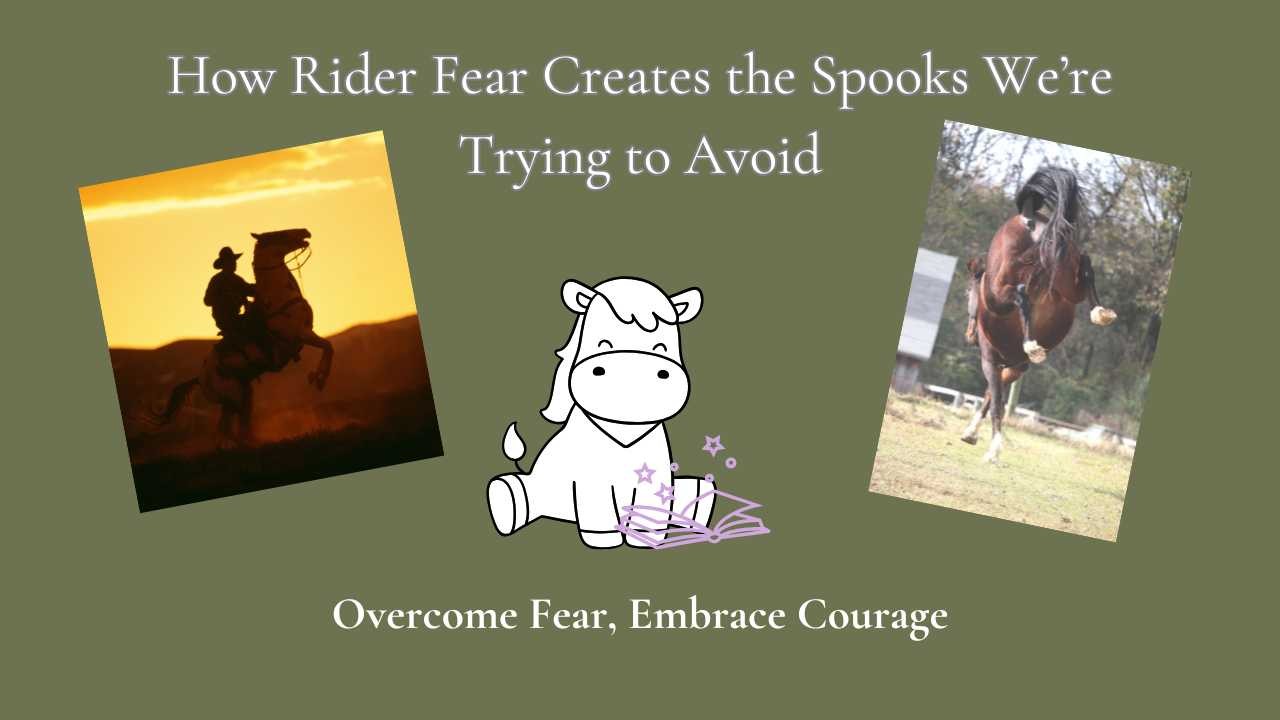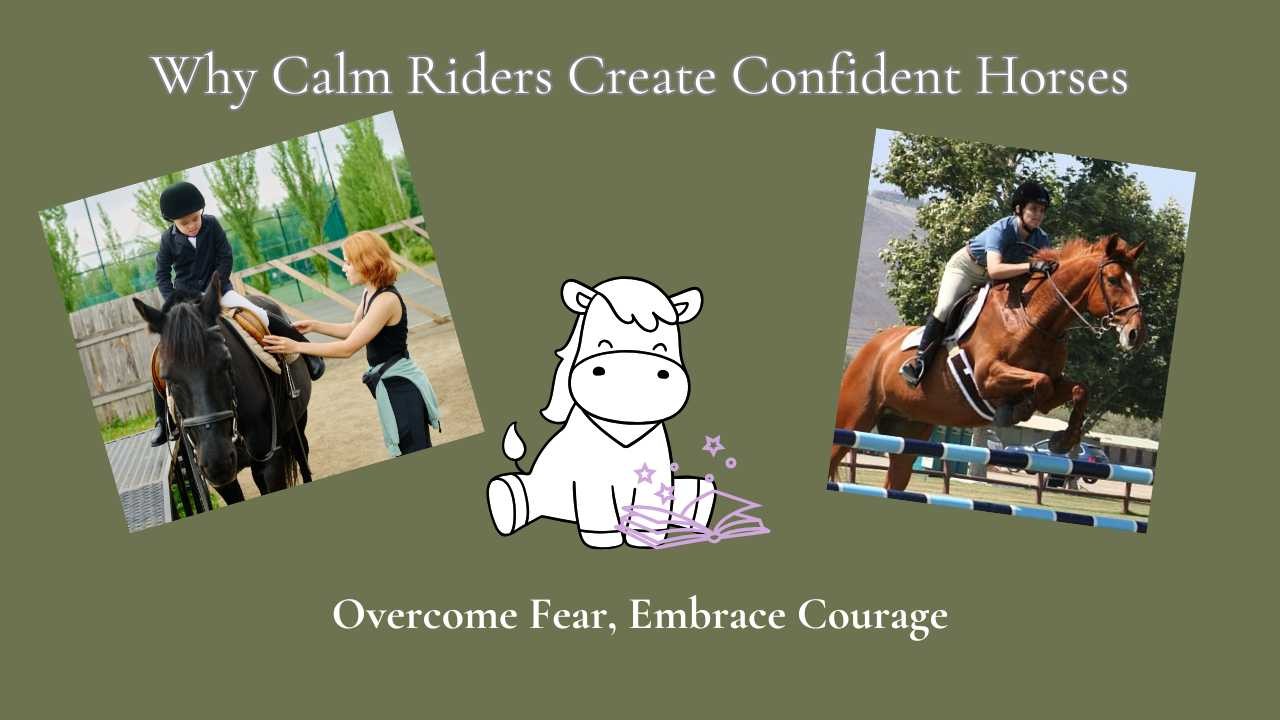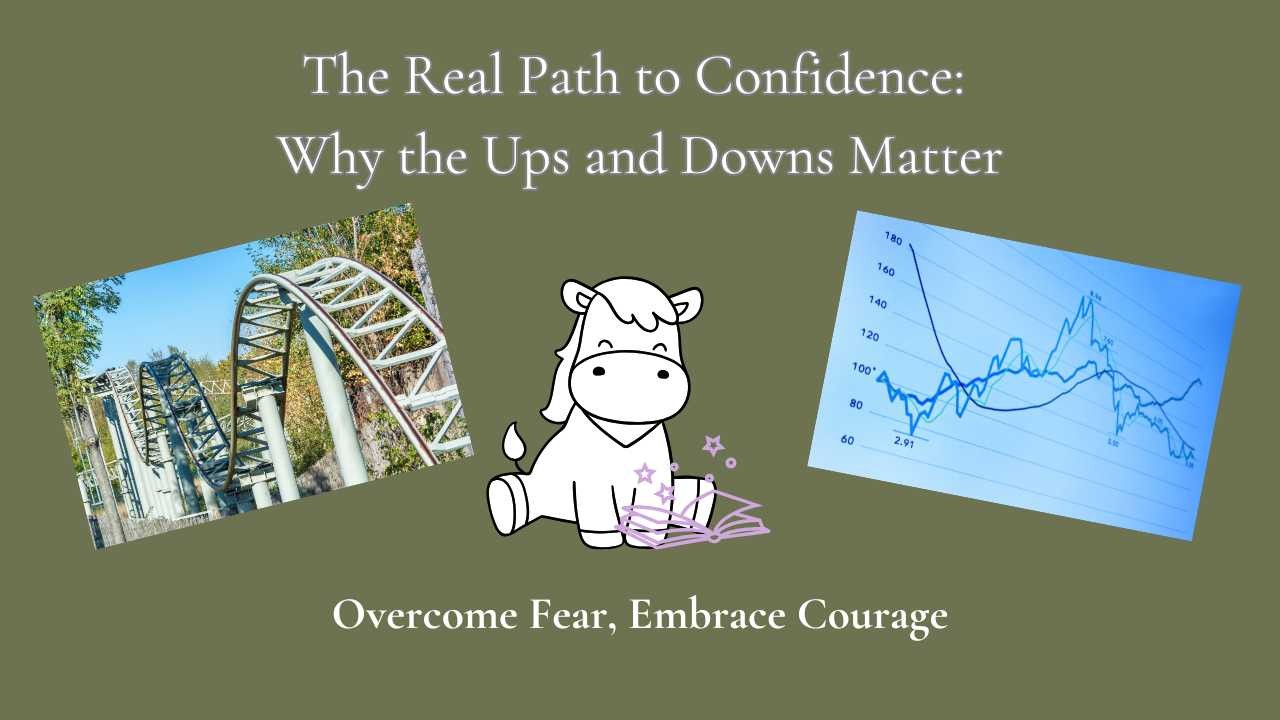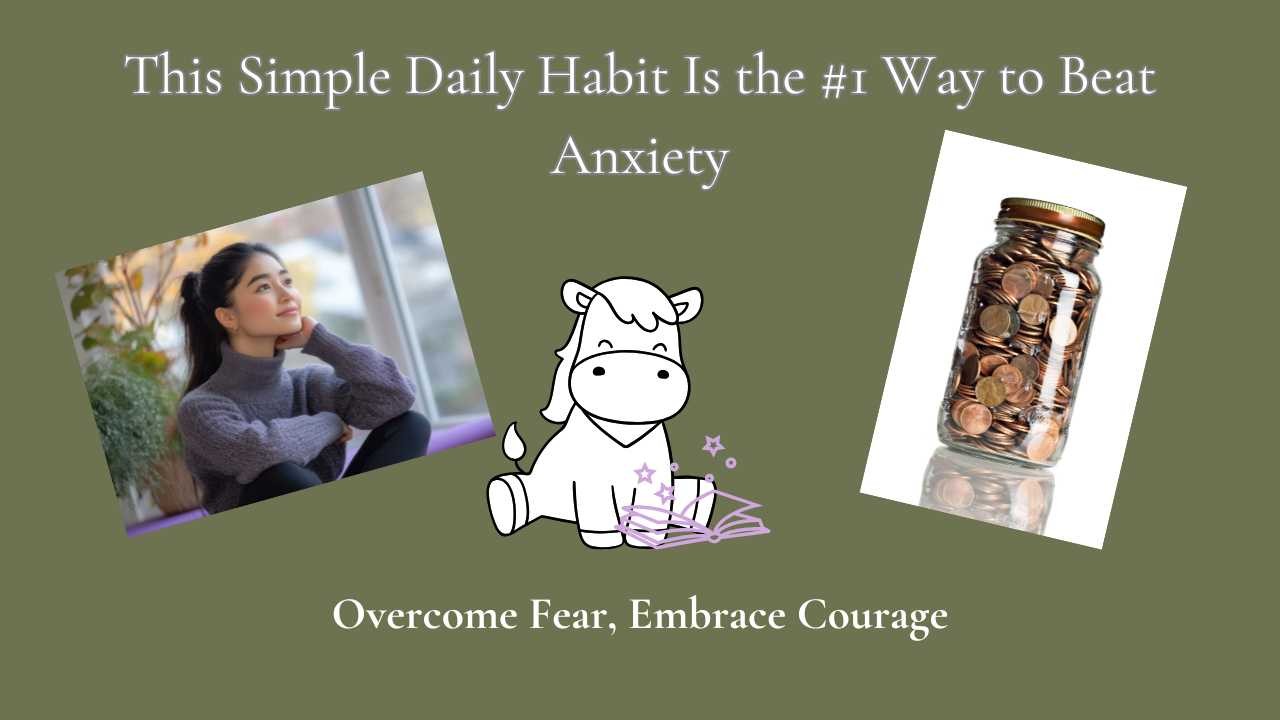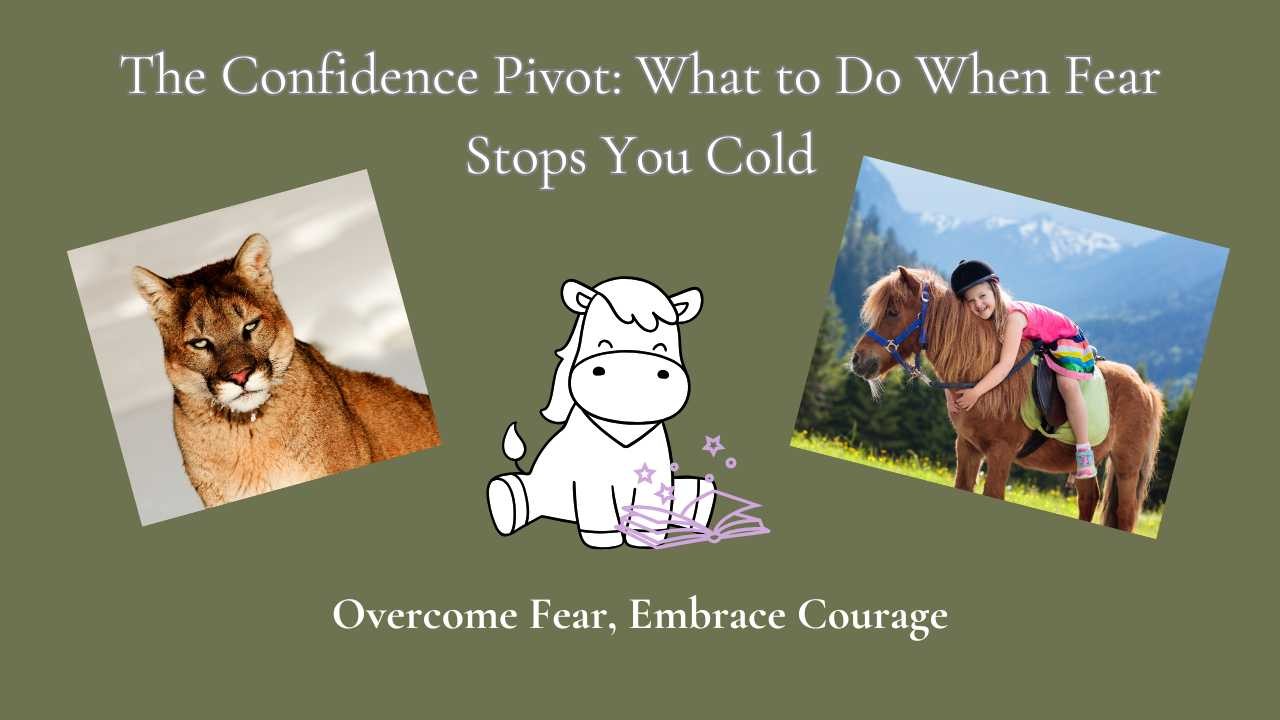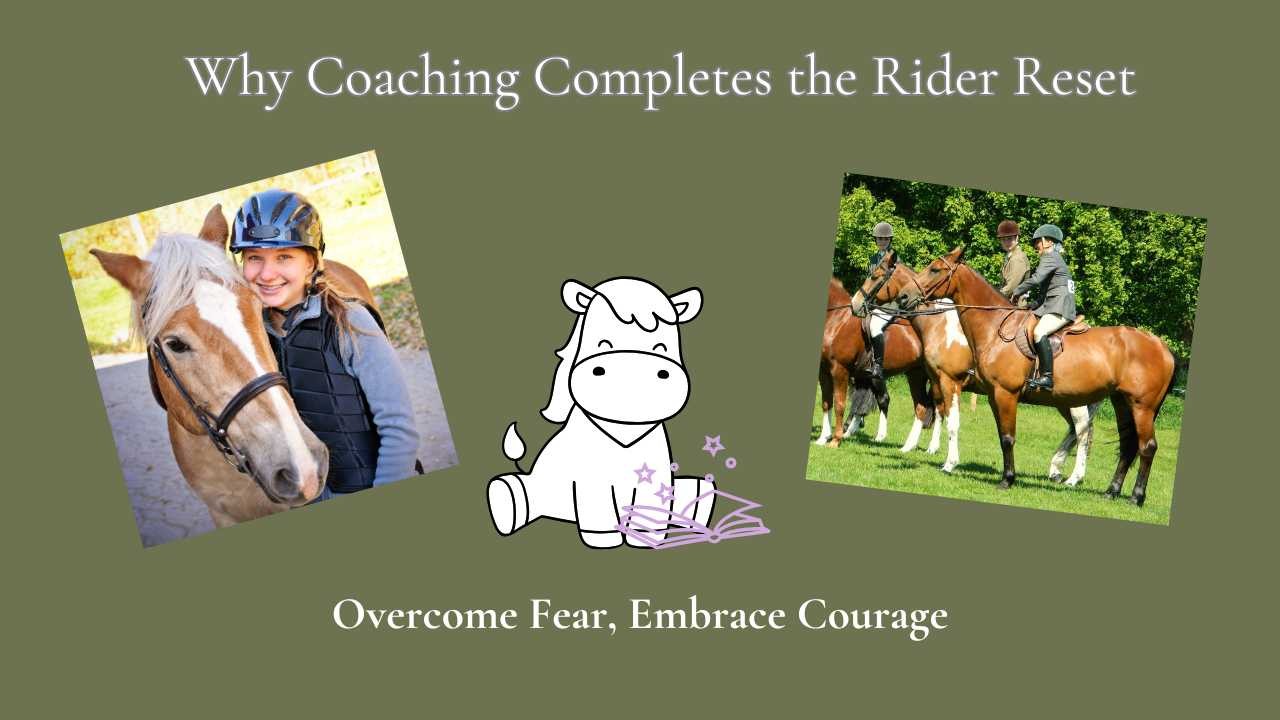
When fear or anxiety has been running the show in your riding, it can feel like there’s no room left for joy, freedom, or courage. Every ride becomes a battle with patterns you don’t want, and your body reacts as if danger is always around the corner.
That’s why clearing out fear is only half the story. Unless that space is intentionally filled with something new, old doubts and habits have a sneaky way of creeping back in.
Think of it like cleaning out your tack room. If you just drag everything back in without a plan, the same clutter takes over again. NLP and hypnotherapy do the heavy lifting — clearing the mess, removing the fear, and breaking those subconscious loops. But it’s coaching that keeps the reset in place. Coaching helps you organize the space with intention, giving confidence a place to live so it doesn’t get buried under old chaos again.
And here’s the part most riders miss: coaching isn’t about “fixing” what’s broken — the reset has already handled that. Coaching is about building forward. It gives your conscious mind the tools to choose courage, practice new responses, and fill that open space with strength instead of slipping back into fear.
That’s the Complete Rider Reset. NLP and hypnotherapy clear the clutter. Coaching organizes and fills the space with confidence. Together, they create a calm mind, a steady body, and a future where you know exactly how to ride with courage — every single time you swing into the saddle.
Ready to take the next step?
Book your free Calm-Ride Strategy Call and let’s map out your path to riding with confidence again. We’ll tidy up those fear-filled “tack rooms” in your mind, put the bridles and saddles of confidence back in their place, and make sure no rogue stirrups of doubt are left behind.
Book your free Calm-Ride Strategy Call and let’s map out your path to riding with confidence again. We’ll tidy up those fear-filled “tack rooms” in your mind, put the bridles and saddles of confidence back in their place, and make sure no rogue stirrups of doubt are left behind.
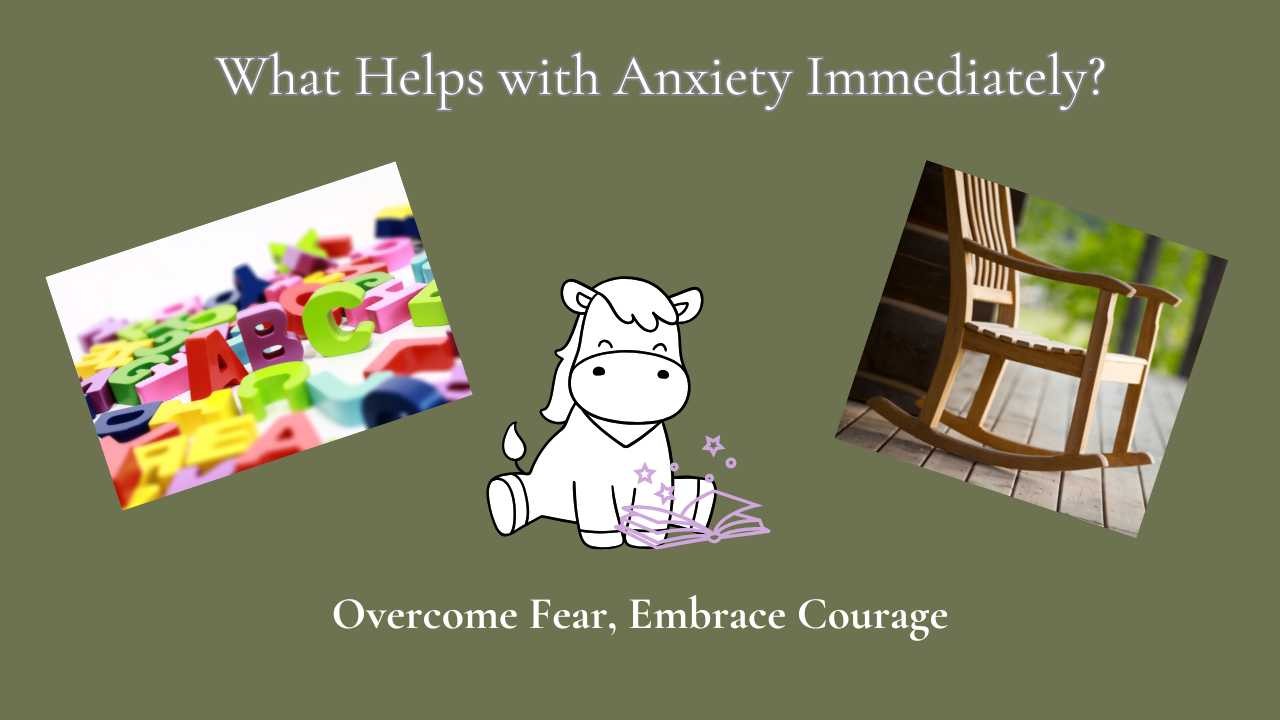
When anxiety hits, it feels like your body is hijacked. Your stomach flips, your chest tightens, your thoughts start racing — and all you want is relief right now. If you’re a rider, those feelings can show up at the barn, on the mounting block, or even just thinking about getting on your horse.
So, what actually helps with anxiety immediately?
The good news is, there are simple tools you can use anywhere, anytime to calm your body and mind. Here are three of my favorites:
1. Name Five Things....
This helps you STOP, look around, breath, and really see what is around you, no matter the situation. It’s a quick way to retrain your brain and body. As you look around at things to name, your nervous system begins to respond to you instead of running wild. Within minutes, you feel more in control and grounded.
This helps you STOP, look around, breath, and really see what is around you, no matter the situation. It’s a quick way to retrain your brain and body. As you look around at things to name, your nervous system begins to respond to you instead of running wild. Within minutes, you feel more in control and grounded.
2. Alphabet Game
Start at A and think of something that starts with A, Apple. Then move to B, Banana. Etc. What this does is it distracts your brain from triggering the anxiety and it acts as an interrupt. When you are feeling calm again, then go back to what you were doing that caused the anxiety. If it happens again, pick up where you left off in the alphabet and then you can just repeat if you need a little more. You can also find things you see that start with each letter.
3. Rock It Out (Your Body Remembers Safety)
Think about how babies are soothed — they’re rocked. That same rhythm works for you, too. Whether you gently sway side to side, shift your weight in your chair, or even let your horse’s walk carry you, rocking helps calm your nervous system. It’s like pressing “reset” on your body’s stress response. Within moments, you’ll feel more grounded and supported, ready to carry on with confidence.
Think about how babies are soothed — they’re rocked. That same rhythm works for you, too. Whether you gently sway side to side, shift your weight in your chair, or even let your horse’s walk carry you, rocking helps calm your nervous system. It’s like pressing “reset” on your body’s stress response. Within moments, you’ll feel more grounded and supported, ready to carry on with confidence.
Anxiety doesn’t vanish forever in one moment. But these tools can help you shift your state immediately so that you don’t spiral into full panic mode. And the more often you practice them, the faster your confidence grows — both in and out of the saddle.
If you’ve been struggling with riding anxiety, know this: you’re not broken, and you don’t have to just “push through.” With the right tools, you can calm your nerves in minutes and start enjoying your horse again.
Want more step-by-step support? That’s exactly what I cover in my Confidence Blueprint. This is a complete workshop in an ebook that you can get here! For a limited time, it is only $17 and will take you through a full Confidence building workshop.
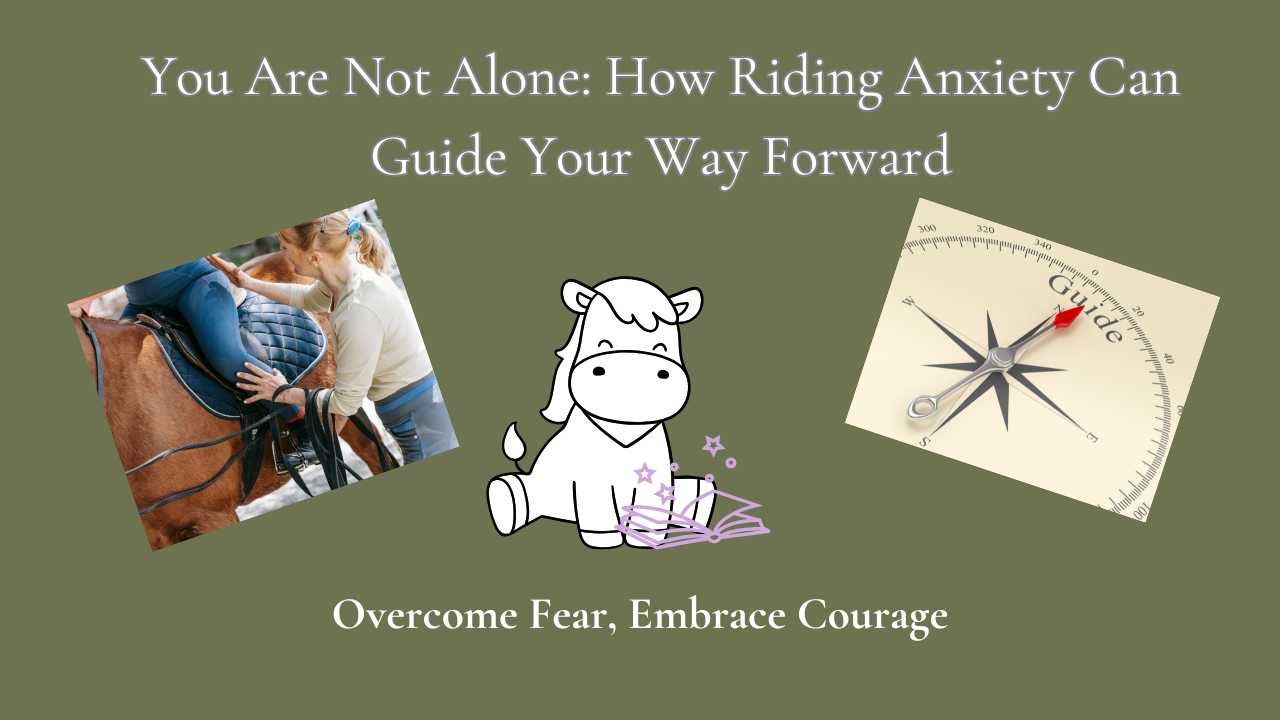
You want to ride, but your body freezes, standing there frozen at the mounting block. My first time back, it was get on and take 4 steps. Seemed so small but I celebrated.
Maybe it’s been months… or even years since you last felt truly confident in the saddle. And now, every “what if” in the book is swirling through your head.
I know that feeling all too well, you are not alone.
After my accident, it wasn’t days or weeks to overcome the anxiety—it turned into years. One terrifying moment stole twenty years of my confidence.
That’s the part nobody tells you. Anxiety doesn’t just steal a few minutes of peace—it can quietly rob you of seasons, memories, and joy with your horse.
And when you’re in it, you feel completely alone. Everyone else looks like they’re having fun, while you’re fighting back nausea and trying to convince yourself to just swing a leg over.
But here’s the truth: you are not alone. What you’re feeling is more common than you realize. Riders everywhere, of every age and experience level, struggle with this exact same battle between heart and mind.
And here’s the other truth: you don’t have to stay stuck.
I learned the hard way, over twenty long years, how to rebuild my confidence. And now, after working with riders one-on-one, I’ve discovered something important: you don’t have to wait decades to get your confidence back.
Instead of fighting with your nerves, you can reset. Clear out the “what if” skeletons, start fresh, and rebuild from a place of calm. It begins with one simple belief: riding anxiety doesn’t make you weak—it’s actually pointing you toward the exact place where growth can happen. You can grow through your anxiety and improve all areas of your life (shockingly!).
When you learn to see your anxiety not as an enemy, but as a guide, everything shifts. You start focusing on what you can do, step by step, until confidence becomes second nature again. Get on and get back off. Walk a circle. Walk a figure eight. You anxiety helps you prepare and your confidence gets built one step at a time. Pick your first steps.
And you don’t have to figure out your next steps alone.
I’d love to hear your story—how long it’s been for you, and where you feel stuck. And if you’re ready for deeper support, you can grab a free Calm-Ride Strategy Call with me, and we’ll create a plan to get you back in the saddle with confidence.
Because you are not alone. And your way forward is waiting.
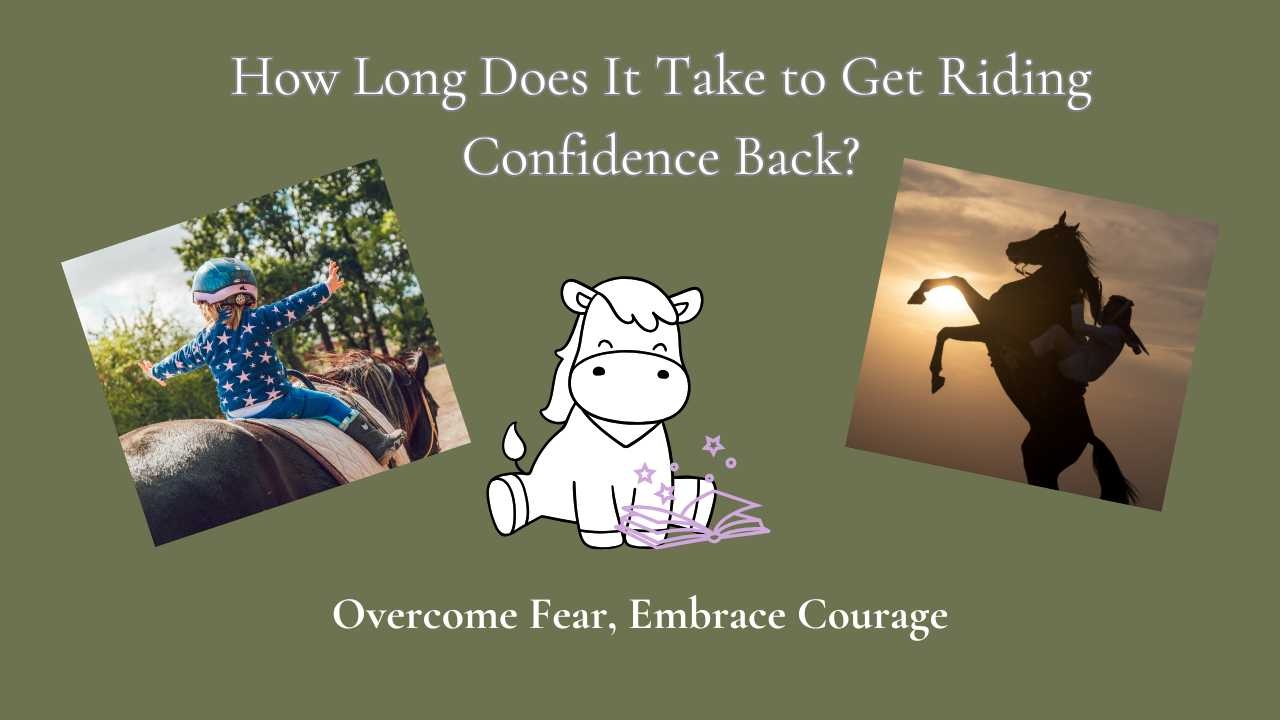
Well, if you had asked me that a few years ago, I probably would’ve said… twenty years.
Twenty years.
Because that’s how long it took me to claw my way back after one terrifying moment shattered my confidence.
Sixty seconds of panic stole decades of courage.
That’s the truth—and yes, that’s heartbreaking.
That’s the truth—and yes, that’s heartbreaking.
But it’s also why I do what I do now.
Because I don’t want it to take you twenty years.
Because I don’t want it to take you twenty years.
When I was rebuilding my confidence, I had no roadmap. I fought my way through every book, every clinic, every self-help approach and therapists. The process worked—eventually. It was solid. It was necessary. But it was also slow.
And time is something we don’t get back.
I even wrote a book about that long road back—and it’s a good one, full of helpful strategies.
But if I were starting over today, I’d change the beginning, then follow the process I put in the book.
But if I were starting over today, I’d change the beginning, then follow the process I put in the book.
I’d start at the end.
I know—sounds backward.
But what I’ve learned over the last two years changes everything.
But what I’ve learned over the last two years changes everything.
The end of my journey—where I finally reset the fear, cleared the nerves, and felt like me again—is now the beginning of the process I walk my clients through.
And it works.
Sometimes in just one or two 40-minute sessions.
I’m talking about deep nervous system reset.
Not just mindset pep talks.
Real rewiring that lets you start clean—like the fearless kid you used to be, before the “What ifs” took over.
Does it still take mindfulness and follow-up?
Yes.
But instead of crawling back over years, you get a head start.
You start with confidence in the saddle—and then you build strength to hold it.
Yes.
But instead of crawling back over years, you get a head start.
You start with confidence in the saddle—and then you build strength to hold it.
So, if you’re wondering how long it really takes to get your confidence back…
The answer is:
Not as long as you think.
Not as long as you think.
Not anymore.
And if you’re ready to explore that kind of reset, I’d love to walk you through it.
Book a free Calm-Ride Strategy Call and let’s get you started where most people finish.
Book a free Calm-Ride Strategy Call and let’s get you started where most people finish.
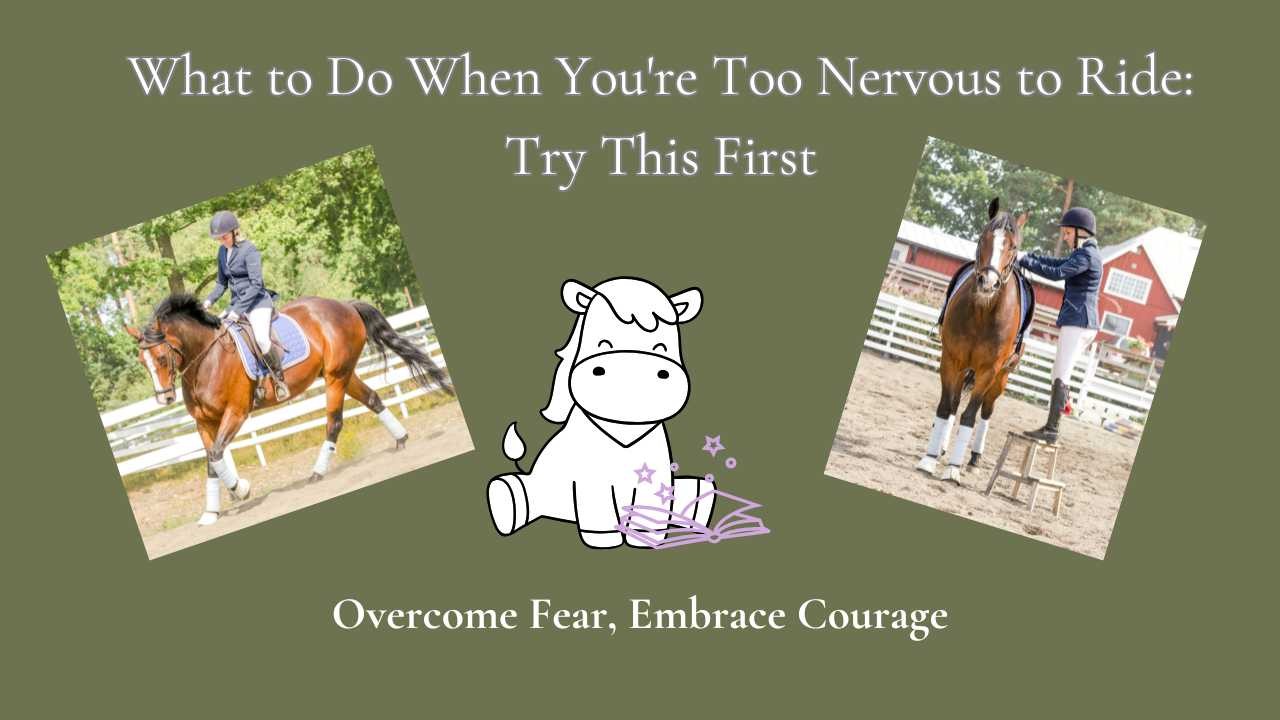
My horse was ready.
The mounting block was set up perfectly.
She stood quietly, waiting for me to show up.
The mounting block was set up perfectly.
She stood quietly, waiting for me to show up.
But I couldn’t do it.
It was one of my first rides after my accident, and I felt like I was going to be sick. The fear was loud, sharp, and real. I knew this moment mattered. It was now or never.
I had to show fear who was boss.
But there I was—frozen—right on the mounting block.
Then a thought popped into my head.
And it turned out to be one of the best thoughts I’ve ever had:
And it turned out to be one of the best thoughts I’ve ever had:
"What would your trainer do if she were standing here with your horse?"
She would get on. No drama. No debate.
So why not pretend to be her?
No one said I had to be me in that moment.
Why not channel the confidence of someone I trust?
Why not channel the confidence of someone I trust?
And just like that, a deep calm settled over me.
I got on. Put my feet in the irons. Rode off—cool as a cucumber.
I got on. Put my feet in the irons. Rode off—cool as a cucumber.
And it felt amazing.
Since then, I’ve made this part of my routine. On days when I’m feeling unsure or rusty, I "become" one of my favorite trainers before I even leave the house. I switch it up from time to time to keep it fresh—and it’s actually fun.
Here’s why it works so well:
- It shifts your imagination: Instead of imagining everything that could go wrong, you’re rehearsing success—based on someone you respect.
- It focuses your mind: You start to think like a capable, confident rider—how they prepare, how they respond, how they carry themselves.
- It quiets the “what ifs”: There’s simply no room left for anxious brain static.
So here’s your challenge for the next month:
Become your favorite trainer.
What would they feel? What would they do? How would they prepare?
Fill up with their calm, their certainty—and let it squeeze out the fear.
And when you try it, I’d love to hear about it.
What trainer did you pick? How did it go?
What trainer did you pick? How did it go?
And if you want some help creating your own confidence persona, I’d love to support you.
Book a free Calm-Ride Strategy Call and we’ll create a plan that works for you.
Book a free Calm-Ride Strategy Call and we’ll create a plan that works for you.
